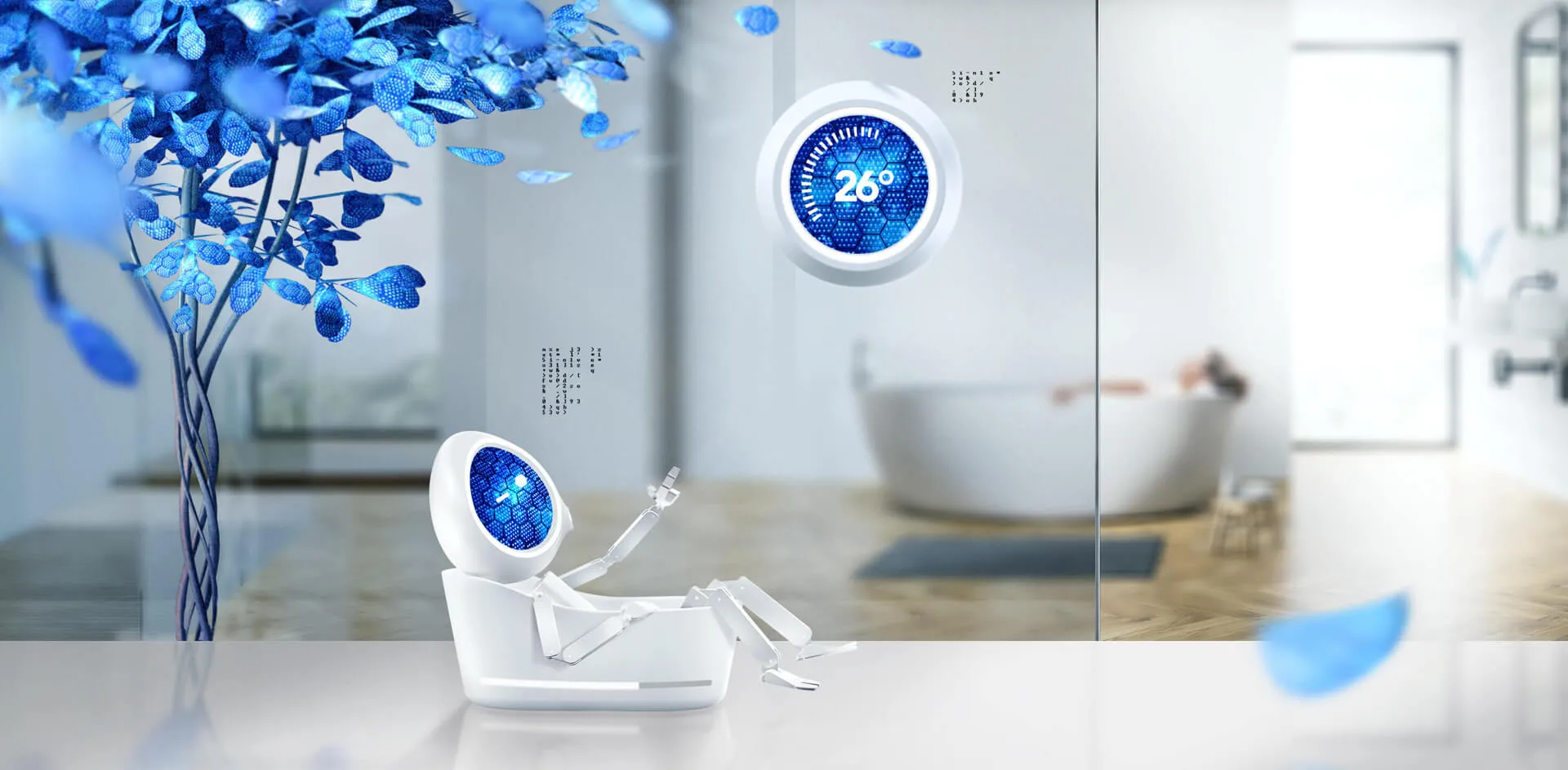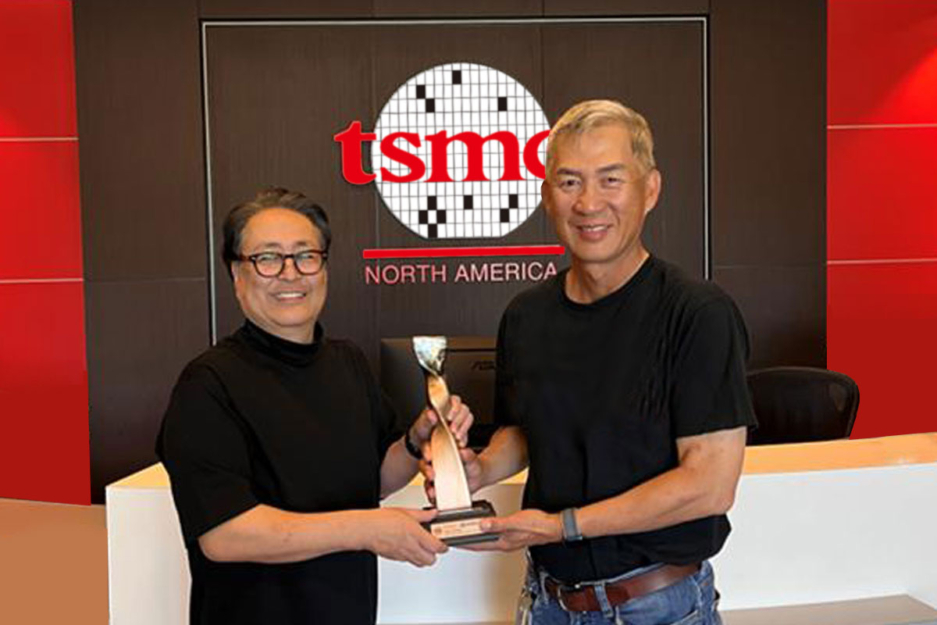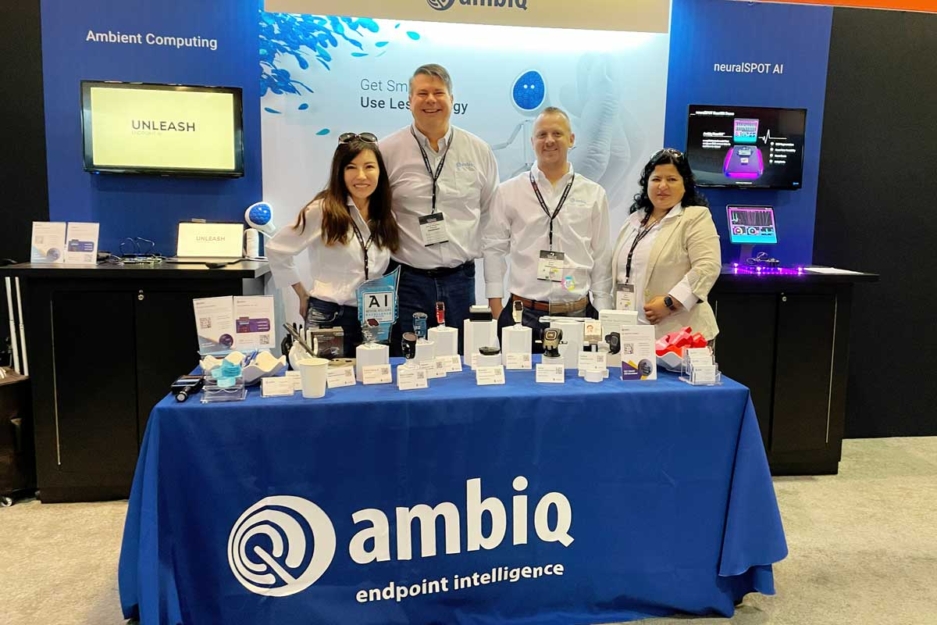
Left: During the VAB, the crawler transporter positions by itself below Cellular Launcher one in preparation for rollout of SA-501 to your start pad – Be aware the employee while in the foreground for measurement comparison.
Apollo 11 Area-flown silver Robbins medallion The astronauts had personal preference kits (PPKs), compact luggage made up of particular goods of importance they planned to just take with them about the mission.
In 1965, the Apollo Applications System (AAP) was designed to check into science missions that could be performed using Apollo hardware. Significantly on the setting up centered on the thought of an area station. Wernher von Braun's previously (1964) ideas used a "wet workshop" principle, having a spent S-II Saturn V 2nd stage currently being introduced into orbit and outfitted in Place. Another calendar year AAP analyzed a scaled-down station utilizing the Saturn IB 2nd phase. By 1969, Apollo funding cuts eradicated the opportunity of procuring additional Apollo components and compelled the cancellation of some later on Moon landing flights.
A number of considerable Block II modifications were produced to CSM-017 for certification reasons, due to the fact no Block II spacecraft would fly without having a crew.[26] These included upgrading the heat shield to Block II requirements, using a Block II CM-to-SM umbilical connector, and installing Block II-fashion VHF and S-band antennae. Furthermore, there were modifications for the CM's hatch.[28] The truth that the spacecraft hatch could not be easily opened in case of emergency had trapped the Apollo one astronauts in the hearth that took their life, and brought about a redesign with the hatch. The brand new hatch was not scheduled to fly right up until the next Saturn V examination (Apollo 6), but its seals had been to be flight-qualified on Apollo four – the hatch window was changed that has a take a look at panel simulating the seals and exterior heat shield.
Additionally, it demonstrated the S-IVB third stage's first in-flight restart. The mission utilized a Block I command and service module modified to test various vital Block II revisions, including its warmth protect at simulated lunar-return velocity and angle.
At 10:56 p.m. EDT Armstrong is ready to plant the primary human foot on A different environment. With more than half a billion individuals viewing on television, he climbs down the ladder and proclaims: “That’s a single modest action for a person, one particular big leap for mankind.” (› Enjoy Audio)
The know-how is used in the Apollo family members of microcontrollers which has resulted in chips that will operate all the way down to 30uA/MHz in Energetic mode and 100nA in standby.
Aldrin joins him Soon, and features a simple but potent description from the lunar surface: “magnificent desolation.” They explore the area for 2 in addition to a 50 % several hours, amassing samples and getting images.
Twenty p.c of the world's inhabitants viewed people walk over the Moon for The very first time.[223] When Apollo 11 sparked the curiosity of the whole world, the adhere to-on Apollo missions didn't keep the interest with the nation.[215] A person feasible clarification was the change in complexity.
By the top of April, the charred spacecraft 012 were disassembled to find the root on the incident and also the items of Apollo were slowly and gradually coming back with each other.
Engineers accomplished a number of built-in exams to get ready the motor vehicle for its rollout towards the launch pad. Meanwhile, within the VAB’s Large Bay 3, on March 29, staff stacked the S-IC 1st phase on the SA-502 motor vehicle on ML-two with the Apollo six mission, An additional uncrewed take a look at of the Saturn V rocket and Apollo spacecraft prepared for early 1968. Following a stack-destack-restack spherical initially utilizing the S-II spacer due to the late arrival of this S-II phase, personnel concluded assembling the 3-phase rocket for Apollo 6 on July 14, marking The very first time that two Saturn V rockets stood facet by aspect within the VAB.
The Apollo4’s QFN package comprehensive components and software program Remedy allows the battery-run endpoint devices of tomorrow to obtain a higher amount of intelligence devoid of sacrificing battery everyday living.
Ambiq is committed to even further improve the Standard of living by enabling the intelligence of endpoints although further more reducing carbon footprints. Ambiq – your companion in endpoint intelligence.
“EDBI's deep and longstanding collaboration with Ambiq has brought about the corporate supplying crucial assistance to Singapore’s TraceTogether token project, which has become synonymous with Singapore’s thriving initiatives to fight COVID-19.

Get Smart. Use Less Energy.
Ultra-low power SoCs for IoT endpoint devices
that demand complex operations
and longer battery life.
✍ Ambiq® is committed to further improve the quality of life by enabling the intelligence of endpoints while further reducing carbon footprints. Ambiq – your partner in endpoint intelligence.
✯✯✯Based in Austin, San Jose, Hsinchu, Shenzhen, and Shanghai, our leadership and management Mcu website teams consist of advocates, builders, enthusiasts, entrepreneurs, explorers, incubators, inventors, pioneers, protectors, thinkers, and visionaries. With a diverse spectrum of experiences and skillset, we came together and united with one goal to enable the true Internet of Things where the battery-powered endpoint devices can truly be connected intuitively and intelligently 24/7.
Ambiq Wins the Demo of the Year Award at 2023 TSMC Technology Symposium
September 7, 2023, Austin, TX – Ambiq®, a leading developer of ultra-low-power semiconductor solutions that deliver a multifold increase in energy efficiency, was awarded the Demo of the Year Award by TSMC as a participant of the Innovation Zone at the 2023 TSMC North America Technology Symposium.
Ambiq Wins the Demo of the Year Award at 2023 TSMC Technology Symposium
During the April event, Ambiq showcased various product design wins using TSMC’s 22nm technology in wearables, digital health, smart home, Industrial IoT, pet trackers, and retail segments, with industry-leading energy efficiency. Ambiq also featured two live demos emphasizing its leadership in enabling endpoint AI with its HeartKit™ for remote patient monitoring and its graphics display capabilities for a vivid user interface.

TSMC pioneered the pure-play semiconductor foundry business model when it was founded in 1987, helping startup companies accelerate their innovations by providing access to the industry’s leading process technologies and manufacturing capacity. Since 2021, TSMC has expanded that mission with an Innovation Zone at its worldwide Technology Symposiums, highlighting how TSMC partners with startup companies to enable cutting-edge products from various applications, including high-performance computing, communication, automotive, IoT, and consumer segments.
“We’re grateful to TSMC and our booth visitors for allowing us to share our energy-efficient technology and processor solutions with them,” said Ambiq’s CEO, Fumihide Esaka. “We’re moving towards an exciting frontier of AI becoming more engrained with our daily lives. With that vision on the horizon, we will continue to develop innovative and first-of-its-kind ultra-low-powered solutions that keep innovation and sustainability in mind.

Ambiq’s mission is to develop the lowest-power semiconductor solutions to enable intelligent devices everywhere by developing the lowest-power semiconductor solutions to drive a more energy-efficient, sustainable, and data-driven world. Ambiq has helped leading manufacturers worldwide develop products that last weeks on a single charge (rather than days), while delivering a maximum feature set in compact industrial designs. Ambiq’s goal is to take Artificial Intelligence (AI) where it has never gone before in mobile and portable devices, using Ambiq’s advanced ultra-low power system on chip (SoC) solutions. Ambiq has shipped more than 200 million units as of March 2023.
Ambiq Designs Low-Power for Next Gen Endpoint Devices
Ambiq’s VP of Architecture and Product Planning, Dan Cermak, joins the ipXchange team at CES to discuss how manufacturers can improve their products with ultra-low power. As technology becomes more sophisticated, energy consumption continues to grow. Here Dan outlines how Ambiq stays ahead of the curve by planning for energy requirements 5 years in advance.
Ambiq Highlights From Embedded World 2024
Facebook | Linkedin | Twitter | YouTube